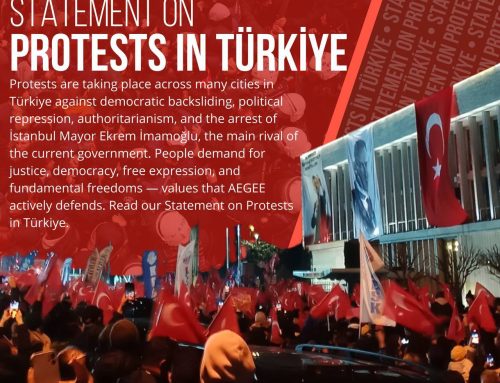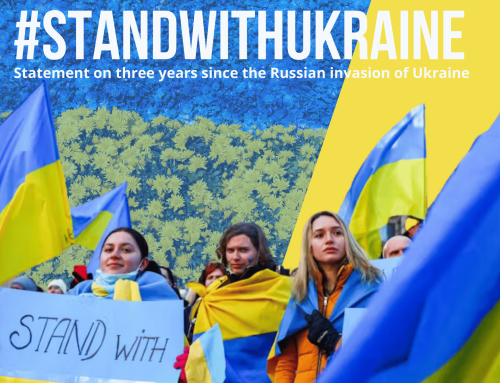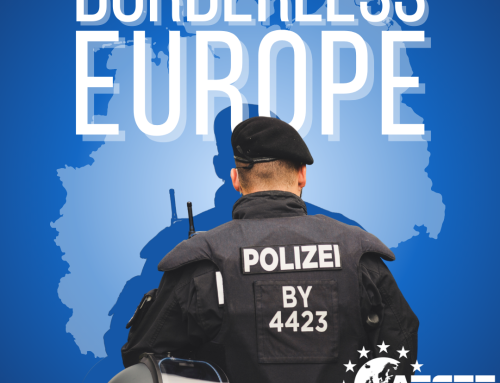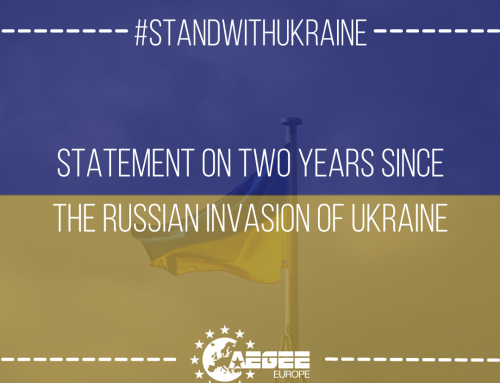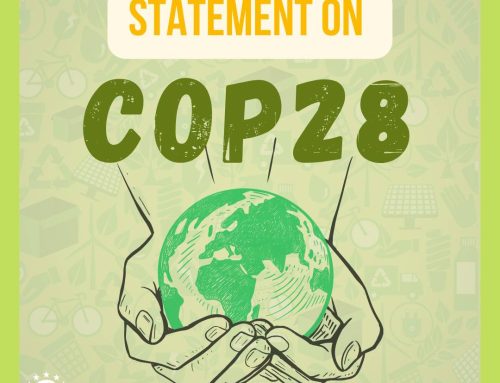The International Organization for Migration defines migration as a term “reflecting the common lay understanding of a person who moves away from his or her place of usual residence, whether within a country or across an international border, temporarily or permanently, and for a variety of reasons”. As reflected in these words, migration is a highly common phenomenon and is a fundamental part of human’s nature. From a historical perspective it has often triggered the development of cultures, technologies and knowledge. Human communities have evolved through contacts with different civilisations and societies, and migration has always brought all sorts of enrichment.However, despite the fact that migration is a positive force of change and a constant phenomenon through the centuries, nowadays migrants still face significant challenges, from everyday xenophobia, discrimination and marginalisation to limited access to their fundamental rights and freedoms. This is why since 2000 the UN decided to celebrate the International Migrants Day on the 18th of December, commemorating the adoption of the International Convention on the Protection of the Rights of All Migrant Workers and Members of Their Families. The purpose of the day is to disseminate information on human rights and fundamental freedoms of migrants, to share their experiences and to undertake action to ensure the protection of migrants.
Migration is a reality in all societies worldwide. Particularly in Europe, a total of 4.4 million people immigrated to one of the EU-28 Member States during 2017, while at least 3.1 million emigrants were reported to have left an EU Member State in the same period. Among these 4.4 million immigrants, there were an estimated 2.0 million citizens of non-EU countries, 1.3 million people with citizenship of a different EU Member State from the one to which they immigrated, around 1.0 million people who migrated to an EU Member State of which they had the citizenship (for example, returning nationals or nationals born abroad), and some 11 thousand stateless people. It is worth mentioning that these figures exclude the state of migration in other countries nearby, and does not show numbers such as the following: only 16% of the world’s refugees are hosted by developed countries, according to the UN Refugee Agency.
Migration is a phenomenon that affects especially youth, as the median age of the immigrant population in the EU is 28.3 years. These numbers demonstrate that nowadays it is impossible to find European communities where migrants are not part of the social fabric. At the same time, while EU nationals benefit from the freedom of movement inside the Union, people coming from non-EU countries face increasing challenges to acquire a residence status in Europe, due also to more restrictive policies introduced by conservative governments all over Europe.
Moreover, the concept of migration is nowadays often linked to tragedies and death. In 2016 alone, over 5.000 persons died while trying to cross the Mediterranean, making the route from North Africa to the European shores the deadliest in the world. While many factors drive up this death toll, the inaction and the adoption of inadequate policies by the EU, including the refusal to reinstate Search and Rescue Operations in the first months of the new mandate of the European Parliament, greatly contributed to this situation (see here statement of AEGEE-Europe on the matter).
AEGEE-Europe strives for a democratic, diverse and borderless Europe. As an organisation that has been advocating over the past 34 years for mobility rights of young people and benefited from the positive impact of migration, AEGEE-Europe demands once again the following:
- the European Union recognises its responsibility to ensure the respect of human rights of migrants, notably the right to life, and guarantees that the Member States abide by international law.
- the EU Member States approach the phenomenon of migration from a humanitarian perspective, including stepping up SAR operations and supporting NGOs which conduct SAR activities.
- the EU, and notably the European Commission, contrasts growing right-wing narratives which frame migration as a threat to the “European way of life”
Sources:
- https://missingmigrants.iom.int/
- https://www.theguardian.com/world/2018/jun/20/the-list-europe-migrant-bodycount
- https://en.wikipedia.org/wiki/International_Migrants_Day
- https://www.un.org/en/events/migrantsday/
- https://blogs.lse.ac.uk/europpblog/2019/07/17/why-eu-states-are-converging-on-restrictive-migration-policies-despite-their-different-political-traditions/
- https://ec.europa.eu/eurostat/statistics-explained/index.php/Migration_and_migrant_population_statistics#Migration_flows:_Immigration_to_the_EU_from_non-member_countries_was_2.4_million_in_2017
- https://www.iom.int/who-is-a-migrant
- https://www.unhcr.org/globaltrends2018/


